Buying an Air Purifier? Here's What You Need to Know
Ownership an air purifier? Hither's what you need to know
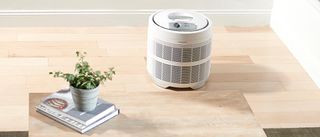
Stuck at habitation during the coronavirus crisis? An air purifier might help go on your domicile's environment clean and could even go aerosol harboring the COVID-xix virus out of the air.
There are dozens of indoor air purifiers to choose from, but many manufacturers offer only vague explanations for how their products work, or make outlandish health claims.
- five reasons you need an air purifier
- Air purifier vs. houseplant — which is better for your air?
- The best dehumidifiers
The truth is that air purifiers aren't a panacea for improving indoor air quality, but the right i may nevertheless help you breathe a little better.
And so how can you tell which one is right for you? We've put together a guide to alleviate the defoliation and help you choice the all-time air purifier for your dwelling house size and budget.
Quick tips for choosing an air purifier
- Figure out where you want to place your air purifier and so you can choose the correct size for your infinite.
- Look for an air purifier that's skilful at filtering out pollutants specific to your dwelling house or health needs (removing pet dander or cigarette fume, for example).
- Compare CADR ratings, which evidence how effectively an air purifier filters specific pollutants.
- Cull a device that uses a HEPA filter, the aureate standard for indoor air purifiers.
- Look at noise levels (listed in decibels) in production specs. Depending on where you're using your air purifier, y'all may want a quieter device.
- Calculate the air purifier's ongoing maintenance and electricity costs and then y'all tin can upkeep across your initial purchase.
- Skip the bonus features, such as app integration, unless money is no object.
Choosing the right air purifier for your room size
The commencement footstep to filtering out air purifiers (no pun intended) is figuring out how much space you want your device to clean. Modest desktop devices aren't effective in large living spaces, while larger, heavy-duty air purifiers may be overkill in your child'southward bedroom.
I manner to find the best fit is to look at "air changes per hour." This metric may be included in your air purifier's specs. It can help you understand how filtration works in practice, equally a smaller air purifier could plough over the air in a 350-square-foot room eight times in an 60 minutes but manage just four air changes per hour in a 700-square-foot room.
You can also compare clean air commitment rates (CADR), which we'll get into below.
If yous're not sure how much infinite y'all demand to make clean, it's probably better to get a larger air purifier than what you think you lot'll need, as long equally information technology's inside your budget.
The types of pollutants filtered out by air purifiers
Some air purifiers are ameliorate at filtering out certain types of pollutants than others. If your main concern is cigarette smoke, for example, yous may need a different device than someone who lives with a zoo'south worth of pets.
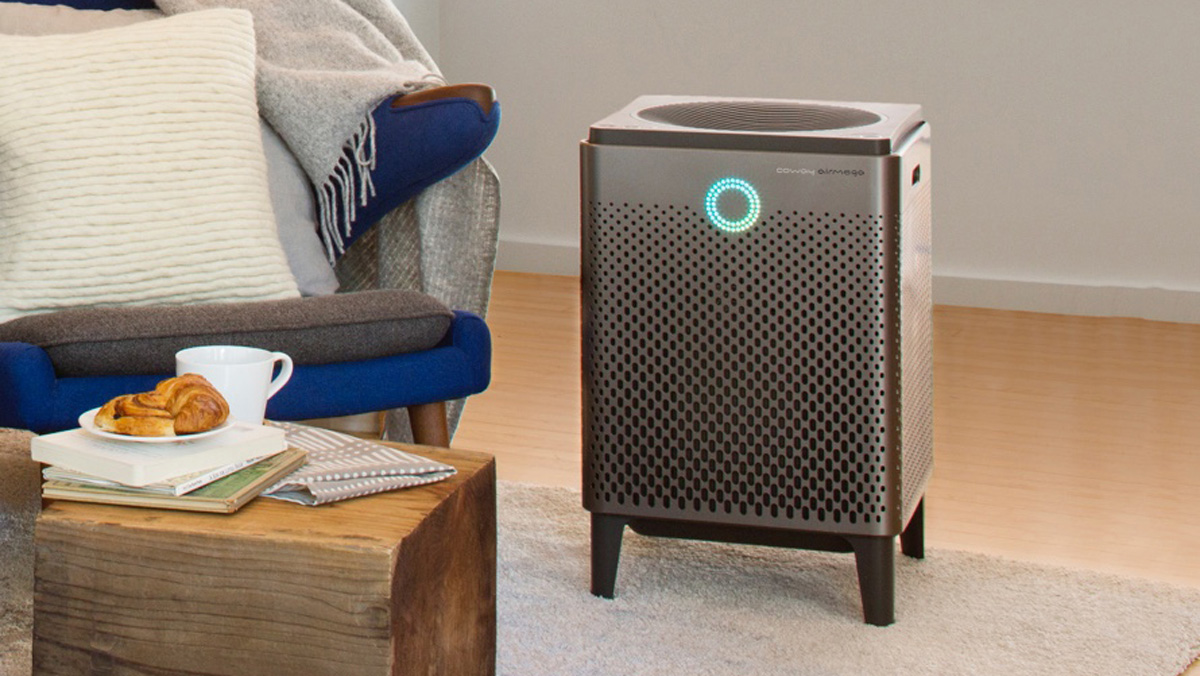
Air purifiers are rated based on how well they filter different pollutant sizes. While almost air purifiers are similar beyond the board, some are slightly more effective at catching dust and dander than smoke (or vice versa).
If odors are a concern, you'll desire to find a purifier that has an activated carbon filter, such as the Coway Airmega 400.
If y'all're aiming for full general air-quality improvement, look for a purifier, such as the Coway AP-1512HH Mighty, that performs well across the board.
What an air purifier'south CADR rating means
Most air purifiers are labeled with a make clean air delivery rate (CADR) number, a metric adult past the Clan of Home Appliance Manufacturers (AHAM) that helps consumers sympathise how effective a device is at filtering various particles in a specific room size.
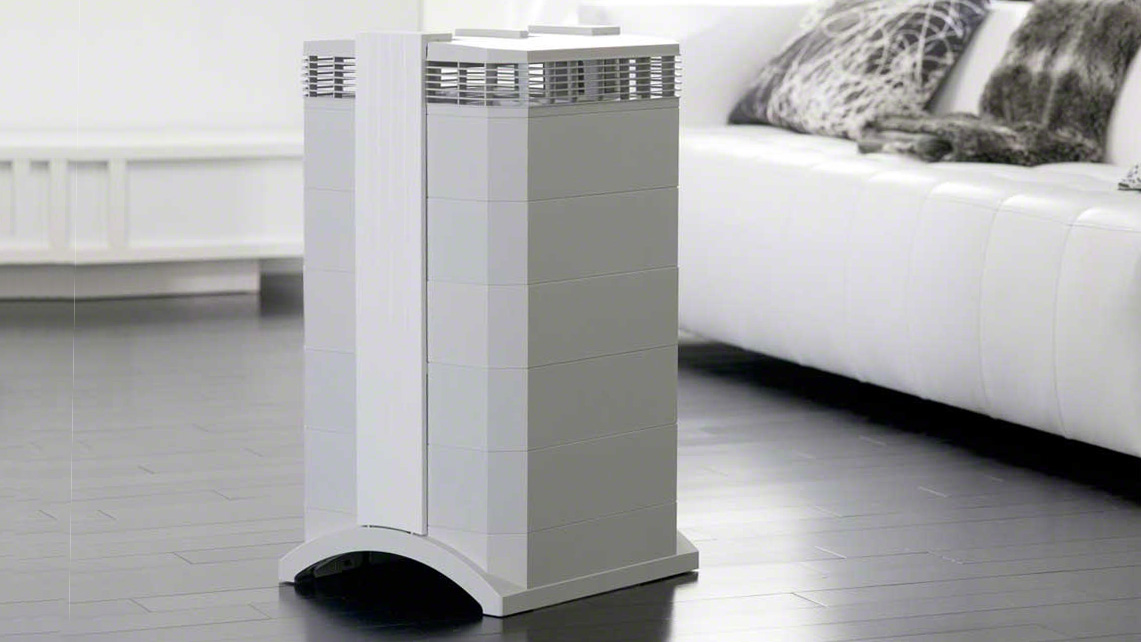
For example, a CADR of 200 for pollen means that the air purifier can reduce the pollen concentration at the equivalent of calculation 200 cubic feet of fresh air per minute.
In general, the higher the number, the more particles the air purifier tin remove and the larger the room the device tin reasonably be expected to clean.
If you're buying an air purifier to make clean the air of a person who is sick with COVID-19, Consumer Reports recommends one with a CADR of 240 or above for its recommended room size.
The Environmental Protection Agency (EPA) offers these guidelines for minimum CADR ratings by room size:
| Area (square feet) | 100 | 200 | 300 | 400 | 500 | 600 |
| Minimum CADR (cubic anxiety per minute) | threescore | 130 | 195 | 260 | 325 | 390 |
Some air purifiers have a unmarried CADR number, while others have different CADR numbers for smoke and similarly small particles, dust, and pollen and similarly big particles.
The EPA cautions that for a typical room size, nigh air purifiers don't take CADR ratings high plenty to finer remove large pollutants similar dust mites and cockroach-related allergens.
More: 5 reasons y'all demand an air purifier
Also, keep in heed that an air purifier'south CADR rating reflects the best-case scenario. These numbers are determined in controlled testing environments. Variables in your home, such every bit drafts or dampness, may prevent your air purifier from hitting its optimal rating.
Finally, not every air purifier is tested using the CADR organization. The manufacturer of the IQAir HealthPro Plus, ane of our recommended models, does not submit the device for AHAM testing. Read independent reviews to become an idea of how well an air purifier works.
The types of filters used by air purifiers
The air purifiers we recommend employ mechanical filtration, significant that their filters physically trap the pollutants that laissez passer through them. Your air purifier probable has at least two such filters: a prefilter, which catches large particles like pet hair, and the main filter, which nabs smaller pollutants.
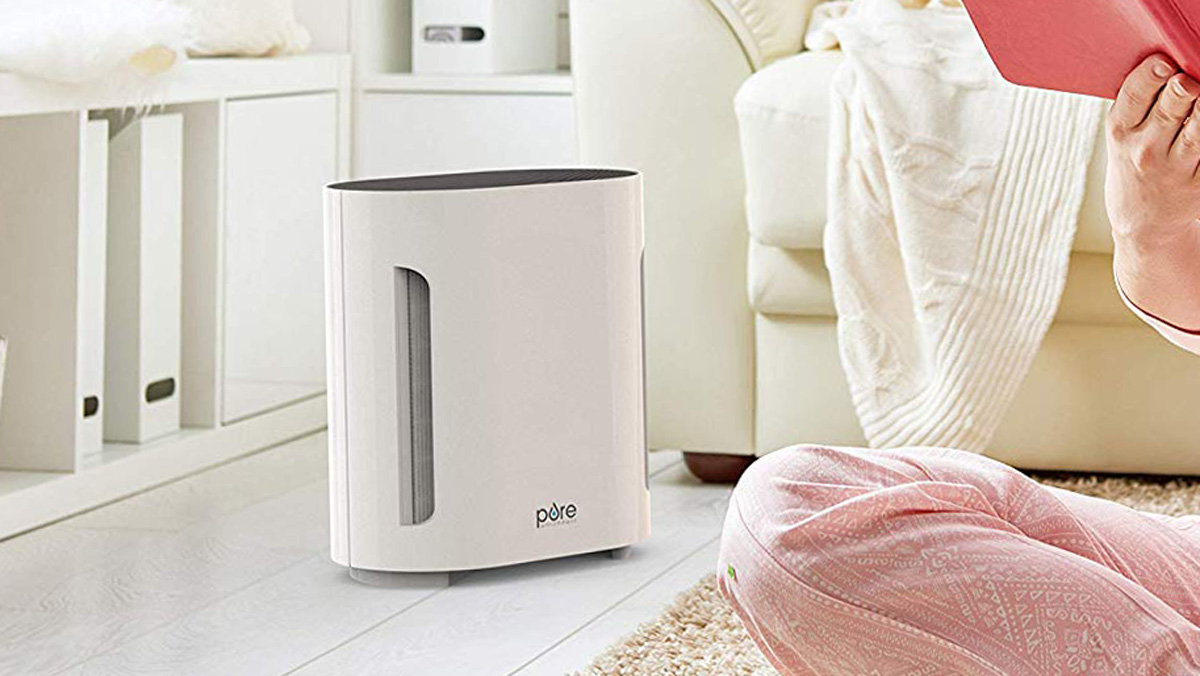
There'due south not much of a difference betwixt prefilters. A few are washable (or vacuumable), while others are disposable. The latter may cost yous a bit more than in the long run, but otherwise, in that location'southward not much to compare.
What really matters is your air purifier's primary filter. In general, you lot'll want to wait for an air purifier that uses a high-efficiency particulate air (HEPA) filter, the standard recommended by the EPA and the American Lung Association.
More: How do air purifiers work?
HEPA filters trap 99.97% of particles that are 0.3 microns (millionths of a meter) or larger in size, and, for technical reasons, almost all particles that are smaller.
To put that in perspective, the smallest objects that the boilerplate human center can come across are around 70 microns in size. Human eyes may be able to distinguish light-scattering airborne particles that are equally small equally 10 microns in size.
Yous may notice devices that advertise "HEPA-type" filters but that aren't actually rated to meet a HEPA filtration level. Since private HEPA filters aren't tested, it's difficult to say that only HEPA-type filters will ever perform more poorly than actual HEPA filters.
But your best bet is to go with a purifier that says information technology uses HEPA filters or "True" HEPA filters, which amount to the aforementioned thing.
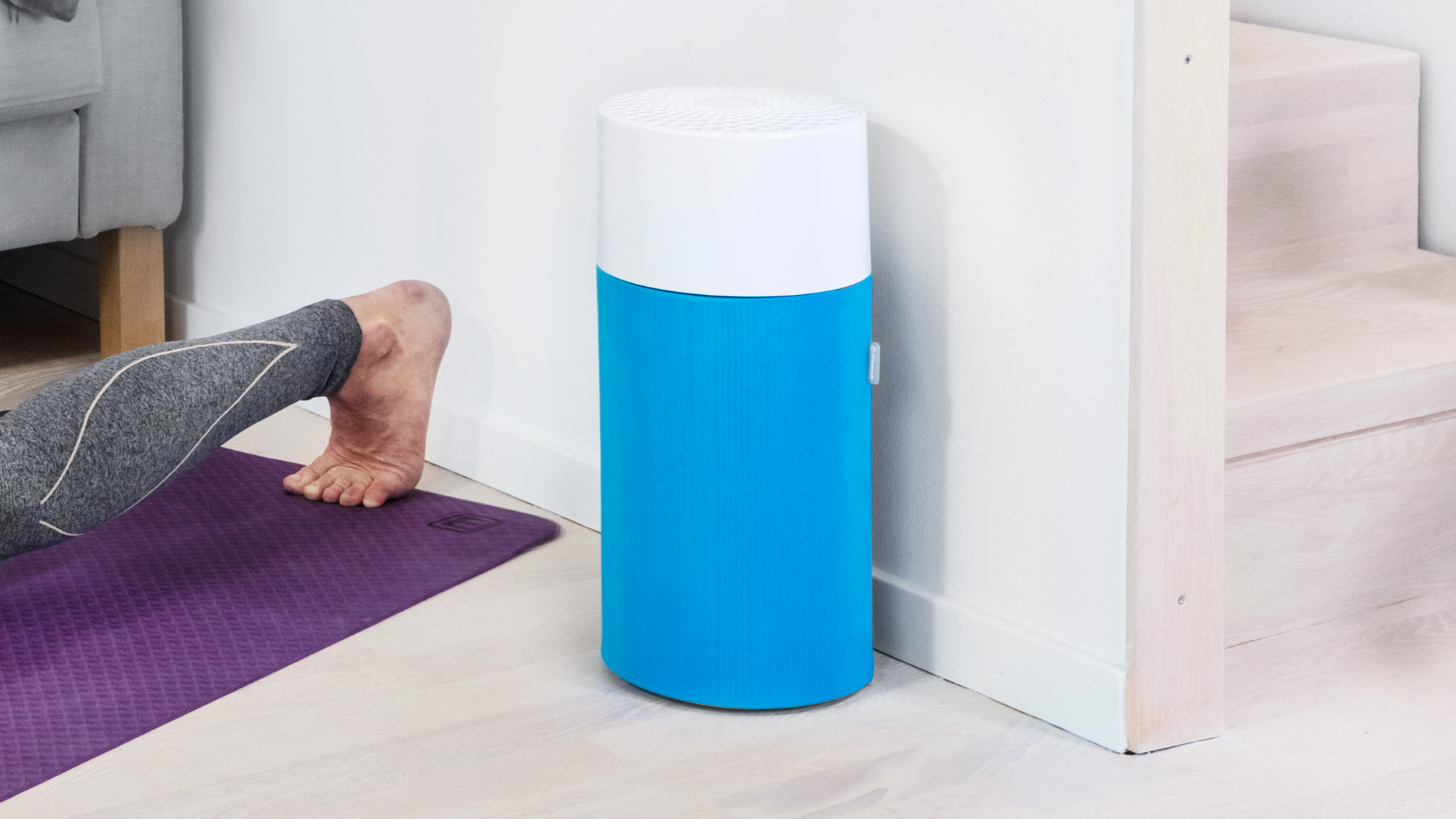
Some purifiers have additional filters, often made of activated carbon or charcoal, that trap gases, volatile organic compounds (VOCs) and odor compounds.
These extra filters tin be helpful if you live with a smoker or have pets, but they are designed to absorb only a limited number of specific compounds and will have to be changed regularly to exist effective.
Some air purifiers annunciate filtration processes that rely on ionizers or ultraviolet (UV) light. The effectiveness of these devices isn't well demonstrated. They may also produce ozone, which is a lung irritant that could make any breathing-related problems worse rather than ameliorate.
The Coway AP-1512HH Mighty has an ionizer that tin can be switched off. The Blueair Blue Pure 211+ and Blueair Bluish Pure 411 have ionizers built right into their proprietary HEPASilent filters, simply their manufacturer says they produce very little ozone. The Pure Enrichment PureZone 3-in-1 Truthful HEPA Air Purifier has a UV light.
How much noise do air purifiers brand?
Most air purifiers have internal fans that pull air through a series of filters. Some of these fans are practically silent, especially on depression settings. Others brand a humming sound as y'all turn them upwardly.
If you're using your air purifier in a bedroom or babe's room, for example, you may want to choose a device that'southward relatively quiet even at higher speeds.
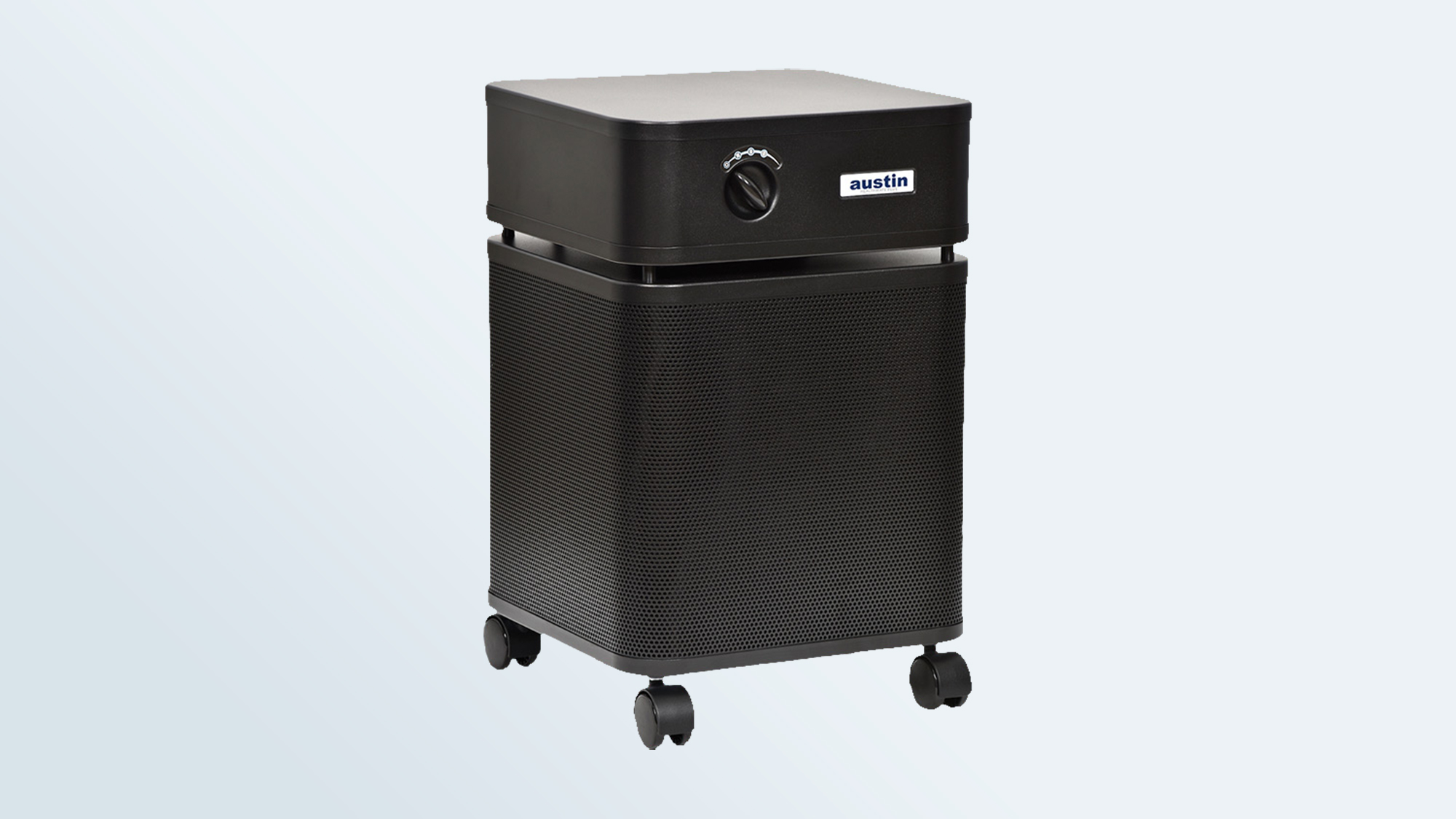
You'll discover racket-level ranges measured in decibels in your device's specs. Nosotros've seen air purifiers, such as the Blueair Bluish Pure 411, rated as low as 17 dB (similar to rustling leaves). Others, such as the Austin Air HealthMate HM400, can accomplish noise levels of more than than 60 dB (akin to an Ac unit 100 feet away).
How portable are air purifiers?
Some air purifiers are lighter and more than mobile than others. The smallest air purifiers sit on a desk or shelf and are easily moved from room to room.
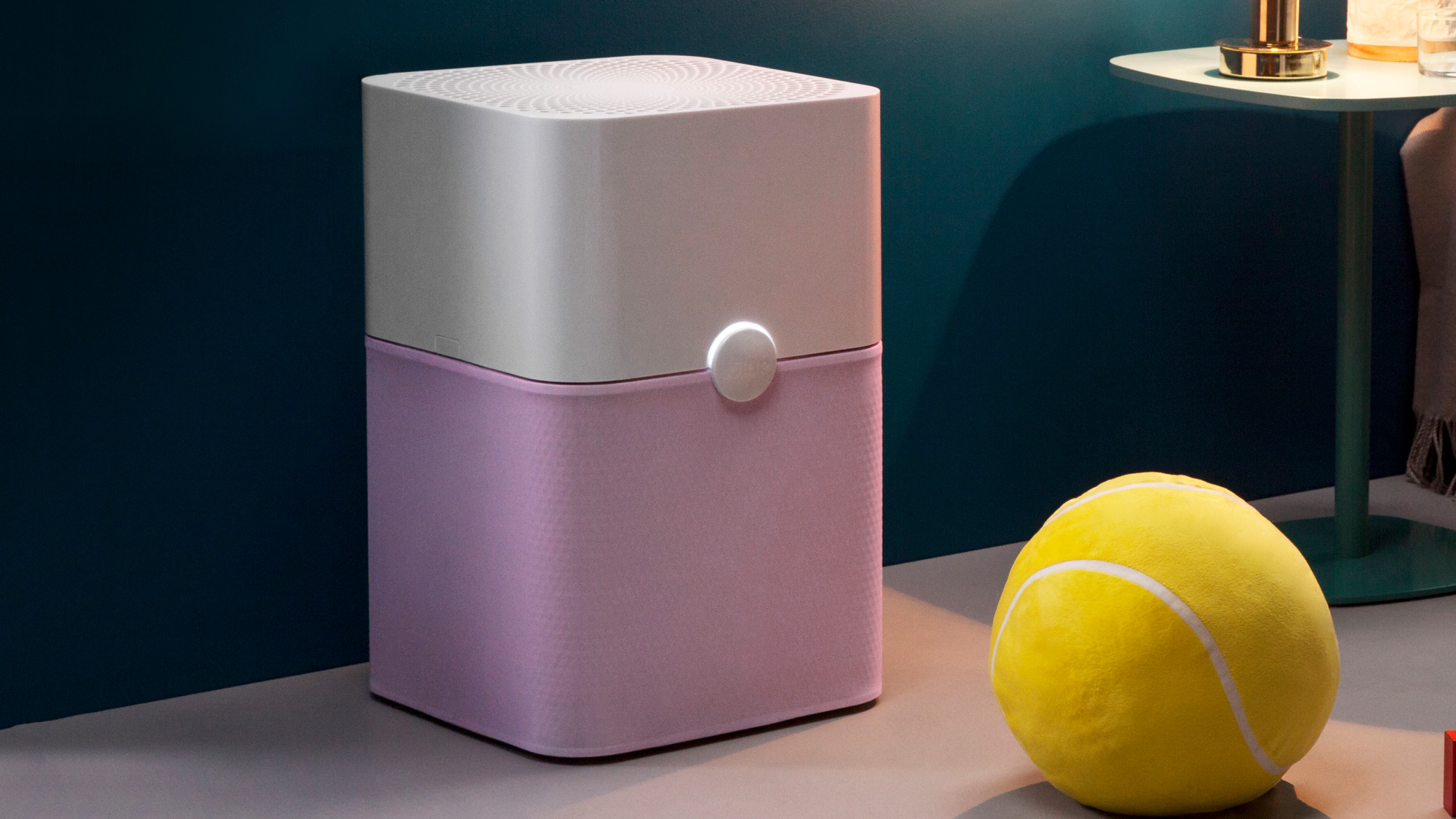
The larger and heavier air purifiers are best kept stationary, though some come with casters for portability. If you desire to employ your air purifier in your dwelling part during the 24-hour interval, your living room in the evening and your bedroom overnight, expect for a smaller device or one that rolls.
As we've mentioned, the size of an air purifier is loosely correlated to the size of the room it tin can finer clean, so the best option for your plant nursery probably won't be the right pick for a family unit room that's three or four times larger.
Y'all'll want to find a happy medium betwixt size and portability if you plan to have one air purifier encompass your whole domicile.
Air purifier maintenance costs
The up-forepart cost of your air purifier matters if you're on a upkeep, but don't presume you'll be done paying for the device once y'all have ready it upwards in your home. You'll have to periodically replace the filters on an ongoing basis.
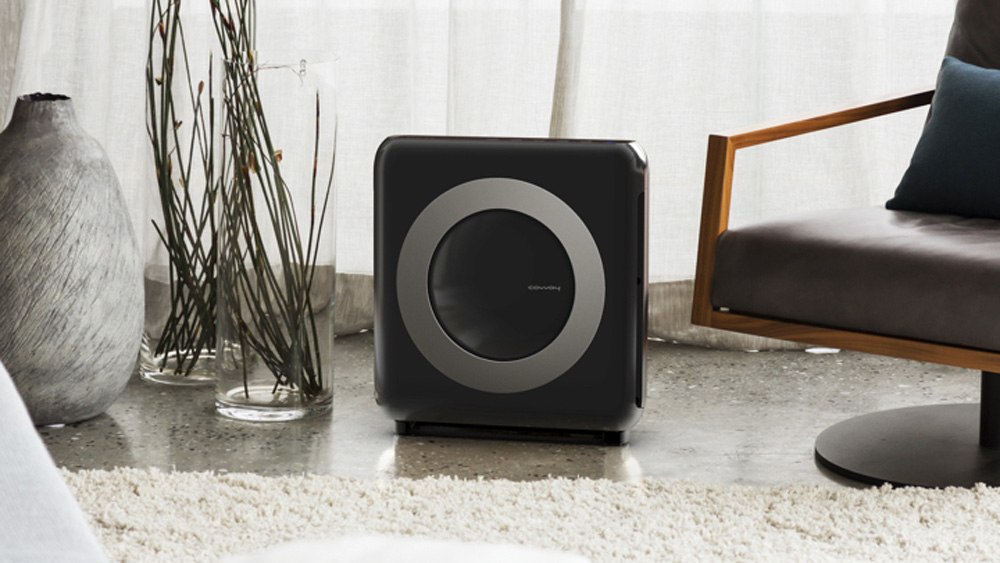
Filter-replacement costs vary from automobile to motorcar: Some have very expensive filters that terminal for years, while others use cheap filters that have to exist changed frequently. Plus, while some of the prefilters are washable, the HEPA filters themselves are dispensable and must be entirely replaced.
Before you buy an air purifier, calculate the toll per year to maintain information technology, and compare that cost to those of whatsoever other air-purification device you might be because.
Energy efficiency of air purifiers
Air purifiers are almost constructive when they're running almost constantly, then you'll too want to cistron in electricity costs. Some of the air purifiers we recommend are Energy Star-certified, but each one pulls varying amounts of power depending on the fan speed y'all're using.
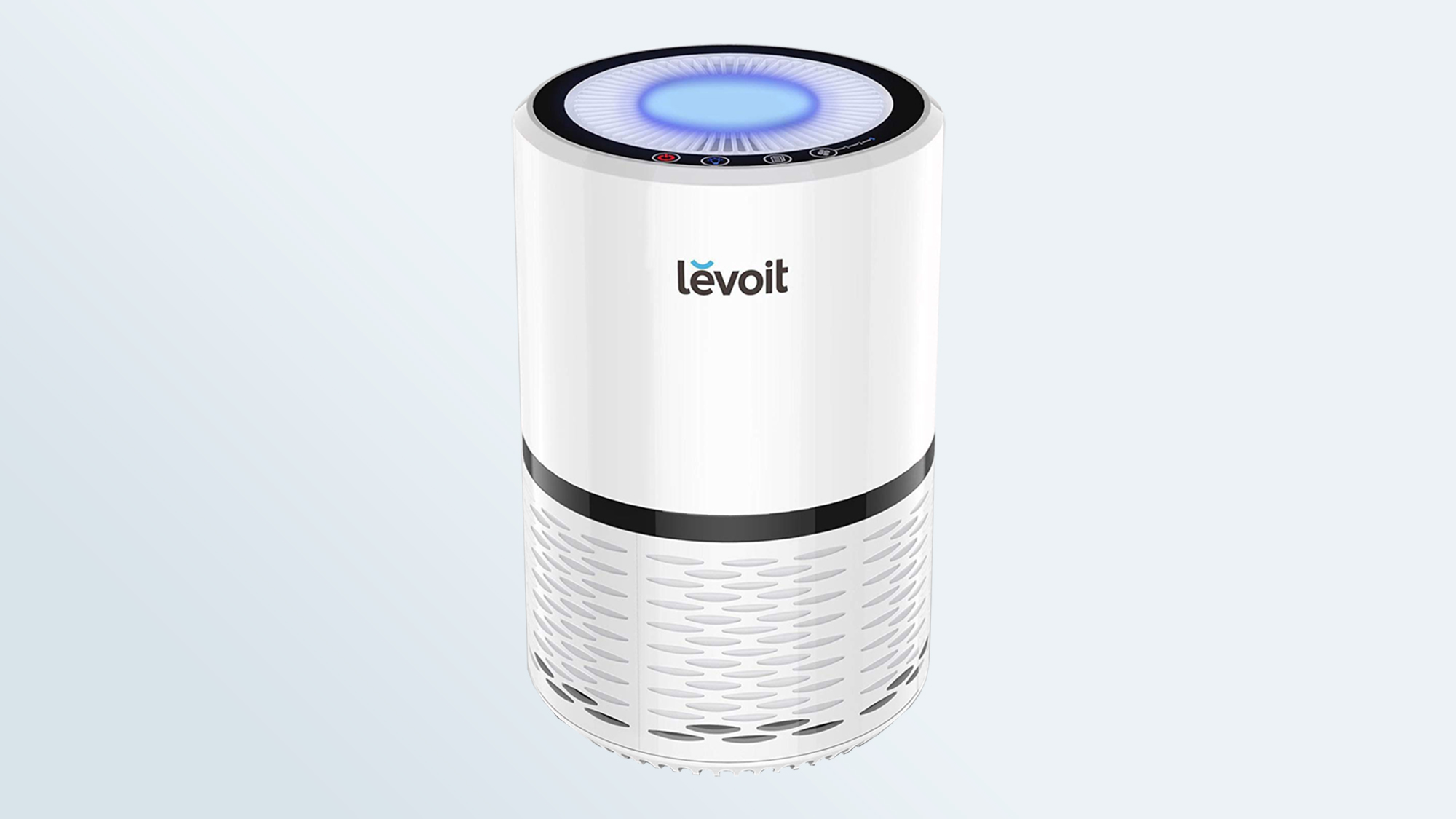
Small air purifiers similar the Levoit LV-H132 by and large use less energy than larger ones, simply they make clean much smaller spaces.
On the flip side, air purifiers that are rated for large rooms and that take higher fan speeds, such equally the Coway Airmega 400, tend to draw more energy.
A few air purifiers have "eco" modes that power down the devices and place them on standby when their sensors no longer observe airborne pollutants.
More: All-time air purifiers : Clean air for allergies, pets and mold
You can usually find your air purifier's estimated free energy usage in the product specs. We've seen devices that supposedly draw as little as 1.5 watts on low, also as power-hungry ones that depict more than 200 watts on high. You may not fifty-fifty notice the impact of the former on your electricity bill, but the latter could add up.
Bonus features on air purifiers
Some air purifiers come with boosted features, such equally:
- Filter-replacement indicator light
- Dimming and brandish close-off options
- Programmable timer
- Remote control unit
- Smart functions (digital assistant and/or app integration)
These extras may add together a niggling flake of convenience to an air purifier, but they're probably not worth paying significantly more to get. For an example of what these features can do, you tin set up a agenda reminder to alter your air filter based on your air purifier's maintenance schedule.
Our tiptop air purifier pick, the Coway AP-1512HH Mighty, includes several of these overnice-to-have features and is reasonably priced. But in general, we'd recommend prioritizing other factors if your budget is a concern.
Air purifiers: Lesser line
There is no single air purifier that'south correct for anybody. When you're shopping for an air purifier, always look first at the CADR ratings and filter types to go an thought of how effective the air purifier volition be for your specific needs.
Once you've identified an air purifier that offers the best filtration for mutual pollutants in your habitation and that is the right size for your space, evaluate secondary features similar noise levels and portability. Also make sure that the air purifier's energy costs and ongoing maintenance costs are within your upkeep.
- I bought this Dyson air purifier — and now I can't live without it
- This new air purifier never needs its filter replaced
- IKEA simply combined an air purifier with furniture!
Source: https://www.tomsguide.com/reference/air-purifier-buying-guide
Posted by: simsdestoo.blogspot.com


0 Response to "Buying an Air Purifier? Here's What You Need to Know"
Post a Comment